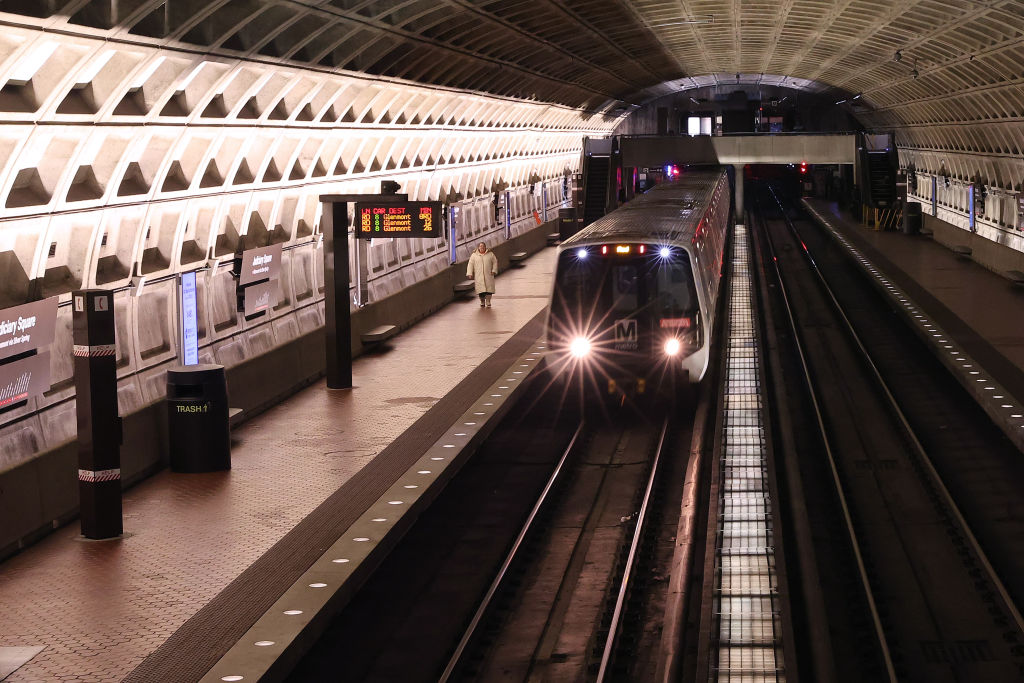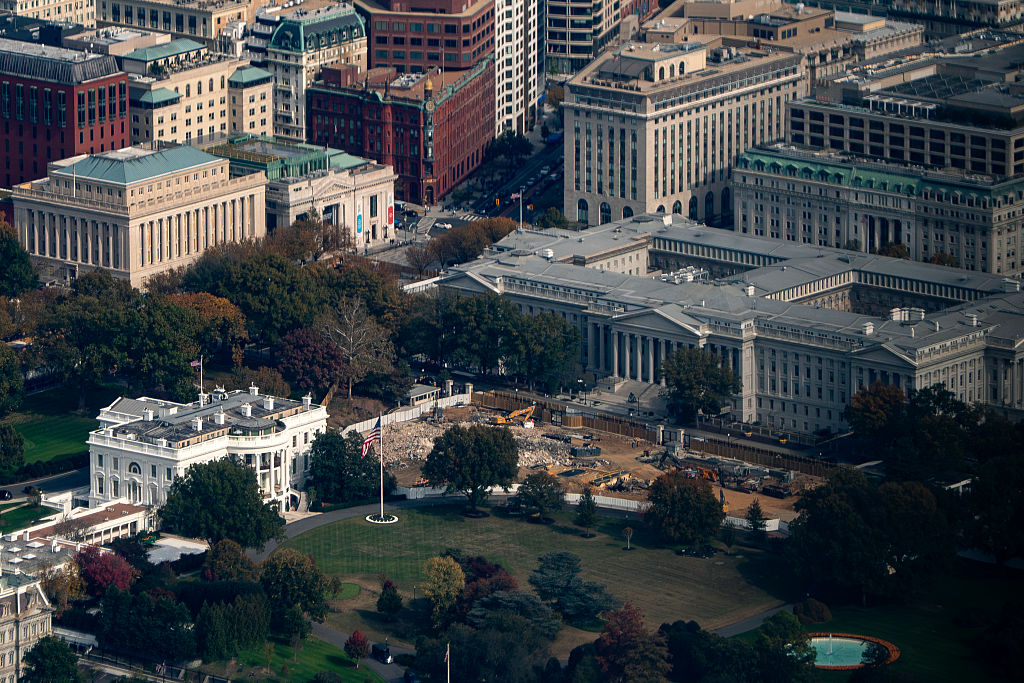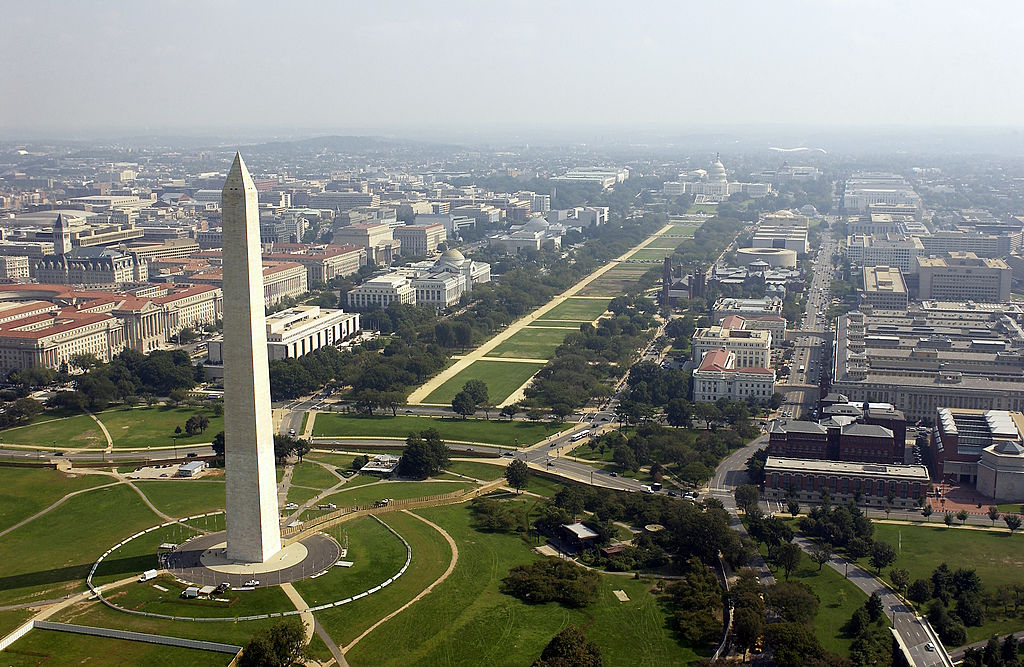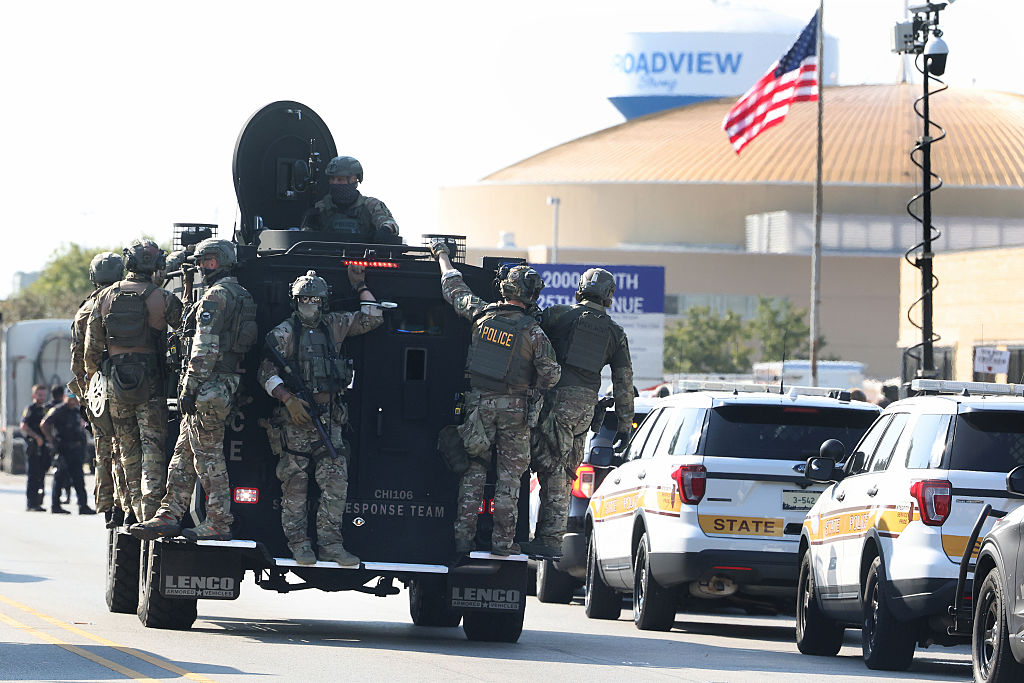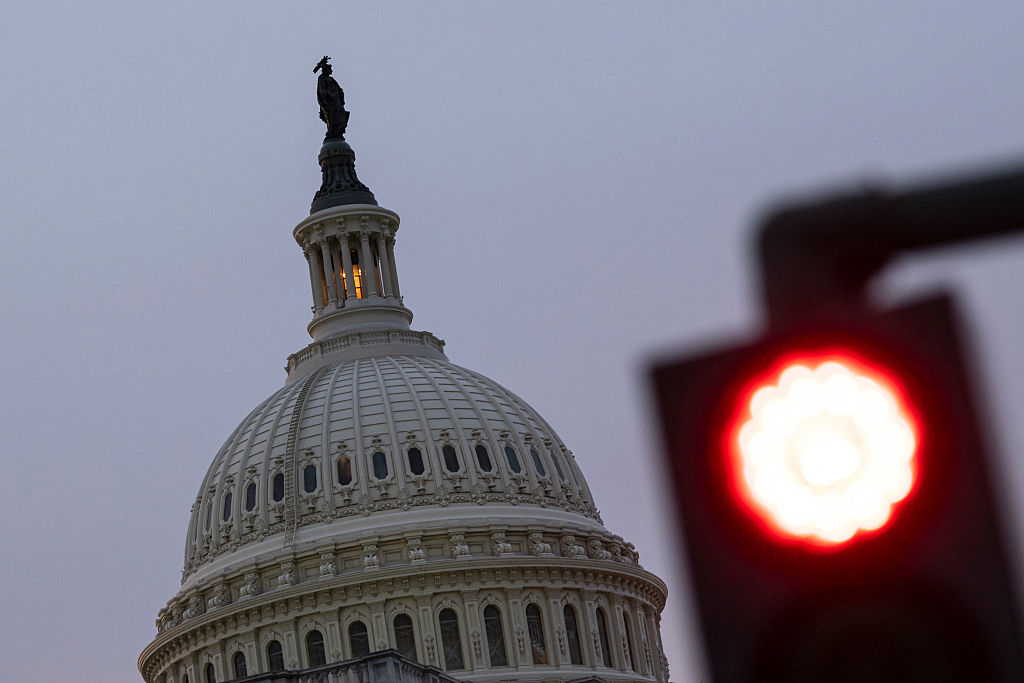It might come as a surprise, but Cockburn is a big advocate of public transportation. Most days, his rigorous whiskey-and-ginger schedule leaves him unfit for the wheel of a car. You’re more likely to find him in the back of a cab or pedaling around on a Capital Bikeshare bicycle, his tie fluttering in the wind.
So it’s been much to Cockburn’s dismay that the Metro, Washington’s subway system, has lately ground to a halt. It began last month when a single train managed to derail at least three times in one day thanks to what was later found to be a faulty wheel axle.
The National Transportation Safety Board, the regulatory agency tasked with overseeing Metro, swooped in, and was aghast at what they found. Broken axles were endemic across a new model of Metro trains, which were supposed to be the system’s salvation after years of maintenance headaches. “The potential for fatalities and serious injuries was significant,” said the NTSB’s Jennifer Homendy, Metro’s very own Inspector Javert. “This could have resulted in a catastrophic event.”
Cockburn notes that catastrophic events have become just another part of the Metro experience. He recalls the 2009 train crash near the Fort Totten stop, which killed eight people, as well as a 2015 incident where a yellow-line train filled with smoke, killing a woman and sending dozens to the hospital.
Beyond safety issues, Metro for years has been plagued by delays, and officials have often come off as indifferent. In 2018, they sparked outrage when they spent precious funds on an online store that sold, among other swag, women’s sweatpants with the name of a DC stop, “Foggy Bottom,” on the rear ends. Those pants are still a sore spot for Cockburn, having precipitated a high-volume breakup with one of his lady friends after he gave a pair as a gift.
Thankfully, this time, Metro leadership appears to be paying attention. So it was that after the NTSB report was released, 60 percent of the system’s trains were removed from service, grinding our nation’s capital to a halt.
The outages are expected to continue through at least December. That’s terrible news for anyone like Cockburn who isn’t able to work from home, as riders wait 20, 30, even 40 minutes for a train. In an excellent column for the Washington Post, Petula Dvorak talked to Washington’s essential workers — janitors, judges, nurses — who have seen their lives turned upside down by Metro’s imbecility. “I’ve gotta get going at 6:15 to make it on time now,” one food distributor told her. “I used to be able to sleep until 7:45.”
Cockburn himself decided to brave the Metro last night, taking the blue line up to the Rosslyn stop in Northern Virginia before transferring to the orange. The waits were horrendously long but what really struck Cockburn was just how few people were waiting on the platforms, even though it was rush hour. Those Washingtonians who can give up on Metro appear to have done so. Surely it doesn’t help that the agency is still charging full fares despite their dismal service.
Normally government-worshipping Washington being paralyzed by an inept government agency is the sort of irony Cockburn lives for. But in this case he’d just like to get to Shelly’s on time, thank you very much.



